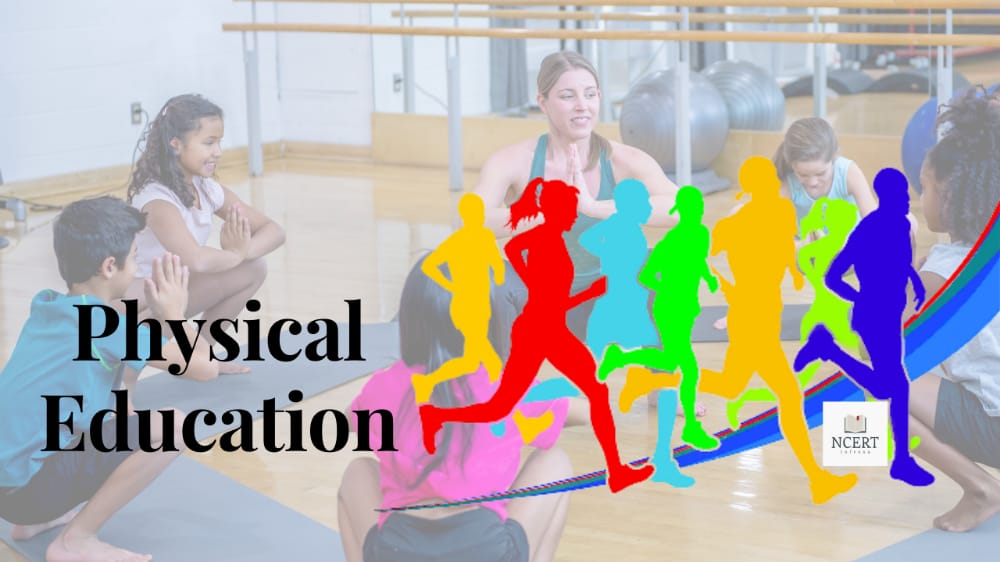Physical education prioritizes the physical fitness of students alongside their academic performance. The goal is to enhance motor skills, knowledge, and behavior related to physical activities, keeping students active and healthy.
This does not diminish the importance of academics; rather, it aims to integrate physical activity as an essential part of a well-rounded education. Through physical education, students learn about their body’s needs and how to maintain health through various activities.
Incorporating co-curricular activities in schools is a key component of physical education, promoting student activity and wellness.
This topic is relevant for exams such as KVS, NVS, UTET, CTET, and other SSC-related tests. Let’s explore physical education’s meaning, definition, importance, aims, and objectives.
What is Physical Education
Physical education means providing education related to the body. This education is generally imparted through exercise, yoga, cleanliness, gymnastics, co-curricular activities, etc.
The purpose of this education is not only to keep students physically healthy but also to prepare them mentally for challenges. It brings changes not only in the body but also in the mind and behavior of students, balancing their mental activities. For this reason, it holds an important place in child psychology.
In other words, physical education is a means of education that affects students in all aspects – mental, social, intellectual, and economic – while also developing their muscles. It systematically develops students’ personalities and is crucial to their mental and intellectual maturity. The inclusion of this education in the educational field represents a revolutionary change, contributing significantly to character and personality building. Students learn to collaborate in groups and contribute to social work through its development.
Definition of Physical Education
- Delbert Eufer: “Physical education is the collective effect of those experiences which a person acquires through physical activities.”
- J.F. Williams: “Physical education is the physical activities which are selected in terms of their effect.”
- Rosalind: “Physical education is the sum total of the changes that take place in a particular person due to the inner experiences of the individual.”
- J.B. Nesh: “It is that part of the whole field of education which is concerned with the macro-muscular processes and their related responses.”
- Herbert Spencer: “Full expression requires physical, moral, and mental actions.”
Aims and objectives
- The primary objective of this education is the all-round development of students, focusing on their mental and intellectual growth.
- It prepares students to be contributing members of society, capable of adapting to future social environments.
- This education teaches students the importance of health, as a healthy mind resides in a healthy body.
- Physical education fosters emotional development and helps students control their emotions.
- It also develops students’ muscles, keeping them continuously active.
Needs and Importance
- Physical education teaches students to use their time wisely, enhancing their character and personality.
- It develops their inherent skills, bringing them to proficiency and addressing all bodily concerns. It is the art of emotionally balancing students.
- Discipline and moral values are developed through this education. It is essential for students’ mental and intellectual efficiency.
Conclusion
Physical education is essential for the comprehensive development of students, keeping them active, healthy, and prepared for future challenges.
Request to Readers: If you find this information helpful, please share it with your family and friends. If you have any suggestions or feedback, kindly let us know in the comment section below.
